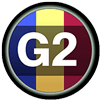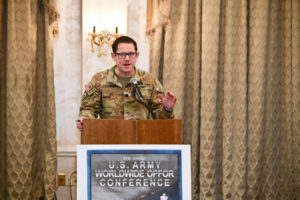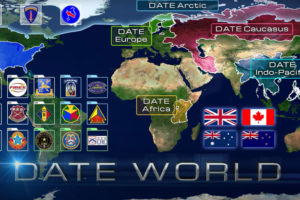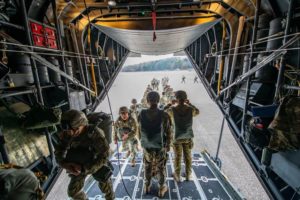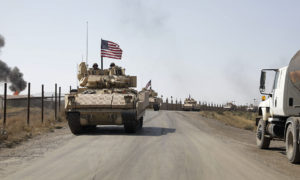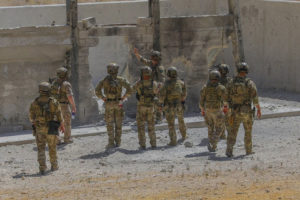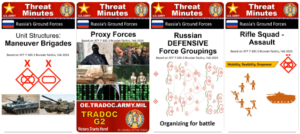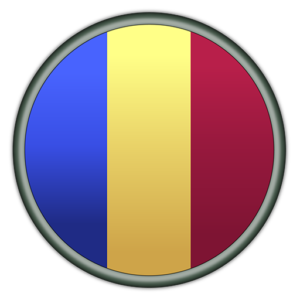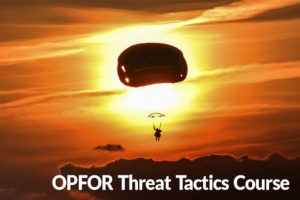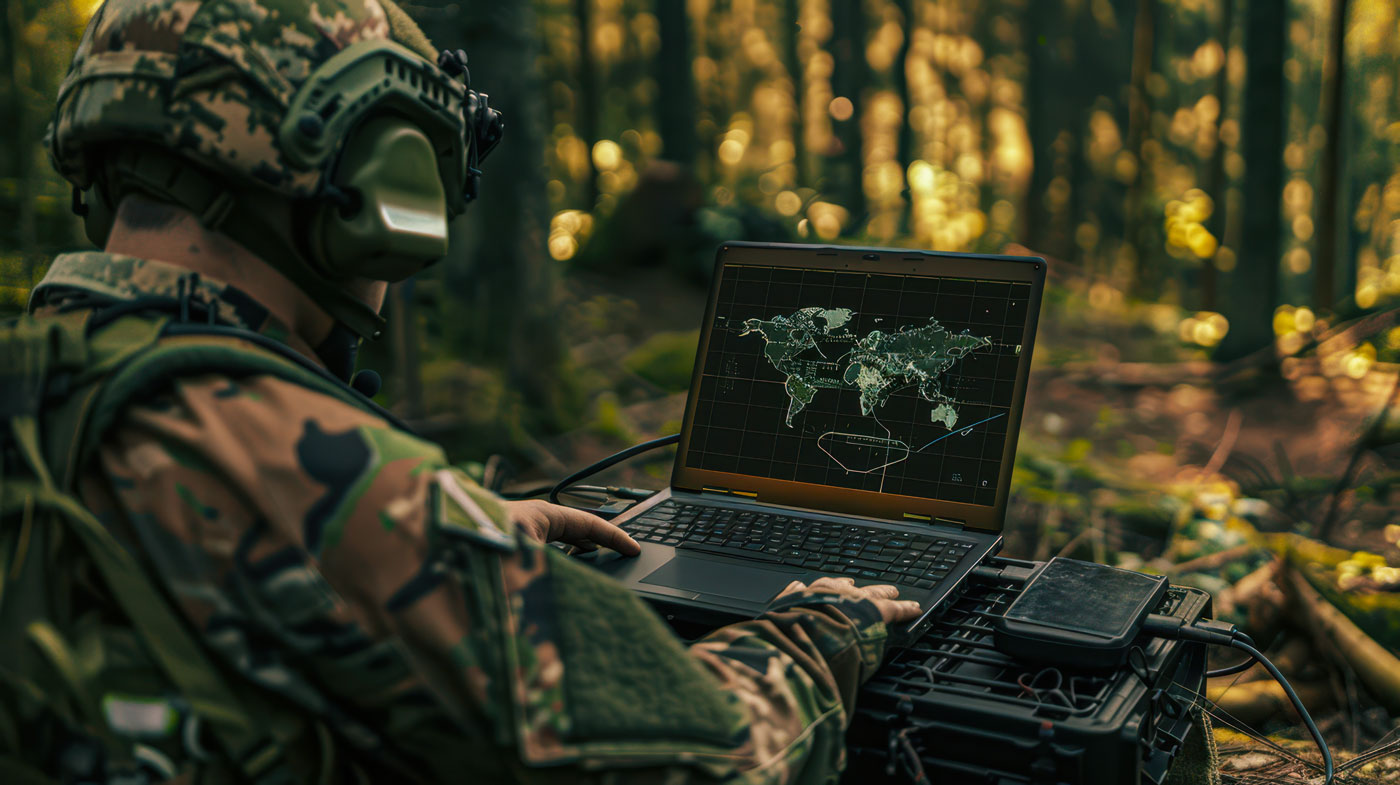Archive for 2024
TRADOC hosts 27th Annual Worldwide OPFOR Conference
JOINT BASE LANGLEY-EUSTIS, Va. – U.S. Army Training and Doctrine Command G-2 hosted the 27th Annual Worldwide Army Opposing Force Conference from Feb. 27 to Mar. 1. More than 100 leaders attended the conference which brought training experts together from across the Army, joint, and international communities to discuss lessons learned and best practices, and…
READ STORYTRADOC G-2 Decisive Action Training Environment (DATE) World 2023
Maintaining a Competitive Advantage: The Role of DATE World in US Army Training The US Army faces a continuous challenge in responding to the pacing threat of near-peer adversaries who are engaged in major military modernization efforts across all domains. To ensure the Army and its partners are prepared to outmaneuver these potential foes, a…
READ STORYScenario Development | Phase 5 – Evaluate
EVALUATE The evaluate phase determines the quality of learning resources and how well they accomplished exercise/event goals. It is the quality control mechanism for learning and learning product development.
READ STORYScenario Development | Phase 4 – Implement
The planning phases (analyze, design, and develop) set the foundation for the training to be conducted and for individual Soldiers and the unit to achieve the desired levels of readiness. The implement phase puts these plans into action. IMPLEMENT The implement phase marks the transition from planning phases (analyze, design, and develop) to execution of the training event or exercise.…
READ STORYScenario Development | Phase 3 – Develop
The purpose of the develop phase is to provide a compilation of products that set the initial conditions and timeline of events imposed on the training audience. Within the scenario, the training audience is presented with problems, completes tasks, and makes decisions to achieve training outcomes. Although the resolution of a scenario can vary greatly, it always addresses the operational environment…
READ STORYScenario Development | Phase 2 – Design
The purpose of the design phase is to conceptualize the execution of the event or exercise. Design activities provide the framework and drive the detailed scenario development actions that occur in the develop phase. Designers must envision relevant problems and anticipate corresponding actions and reactions to conceptualize and event or exercise. This creativity requires designers to have an advanced understanding of the following…
READ STORYScenario Development | Phase 1 – Analysis
Before beginning scenario development in support of an event or exercise, one must first conduct the analysis phase. Analysis is the cornerstone for leaders to identify the who, what when, why, and how of scenario development with the training event or exercise. The analysis phase is for defining the training needs (goals or objectives)…
READ STORYThreatMinutes-Russia on YouTube
Following the popular ThreatMinutes–China series on YouTube, the first wave of ThreatMinutes focused on the Russian ground forces, launched on 22 March 2024. These short (< 60 seconds!) unclassified videos continue the effort to introduce foundational information and concepts about real-world threats and the training opposing force (OPFOR) to the broadest possible audience. These videos…
READ STORYTRADOC: People’s Liberation Army Evolving Its Close Air Support Capability
TRADOC: People’s Liberation Army Evolving Its Close Air Support Capability Click here. CAC REQUIRED.
READ STORYTTC Class Host Instructions
This page is intended to help the host-organizers of upcoming Threat Tactics Course Phase 2 classes. You situation may differ, so please feel free to reach out to the TTC Course Manager if you have any questions. Admin: Number of Soldiers generally less than 30. 20-25 optimal. We usually start at 09, but we can…
READ STORY
